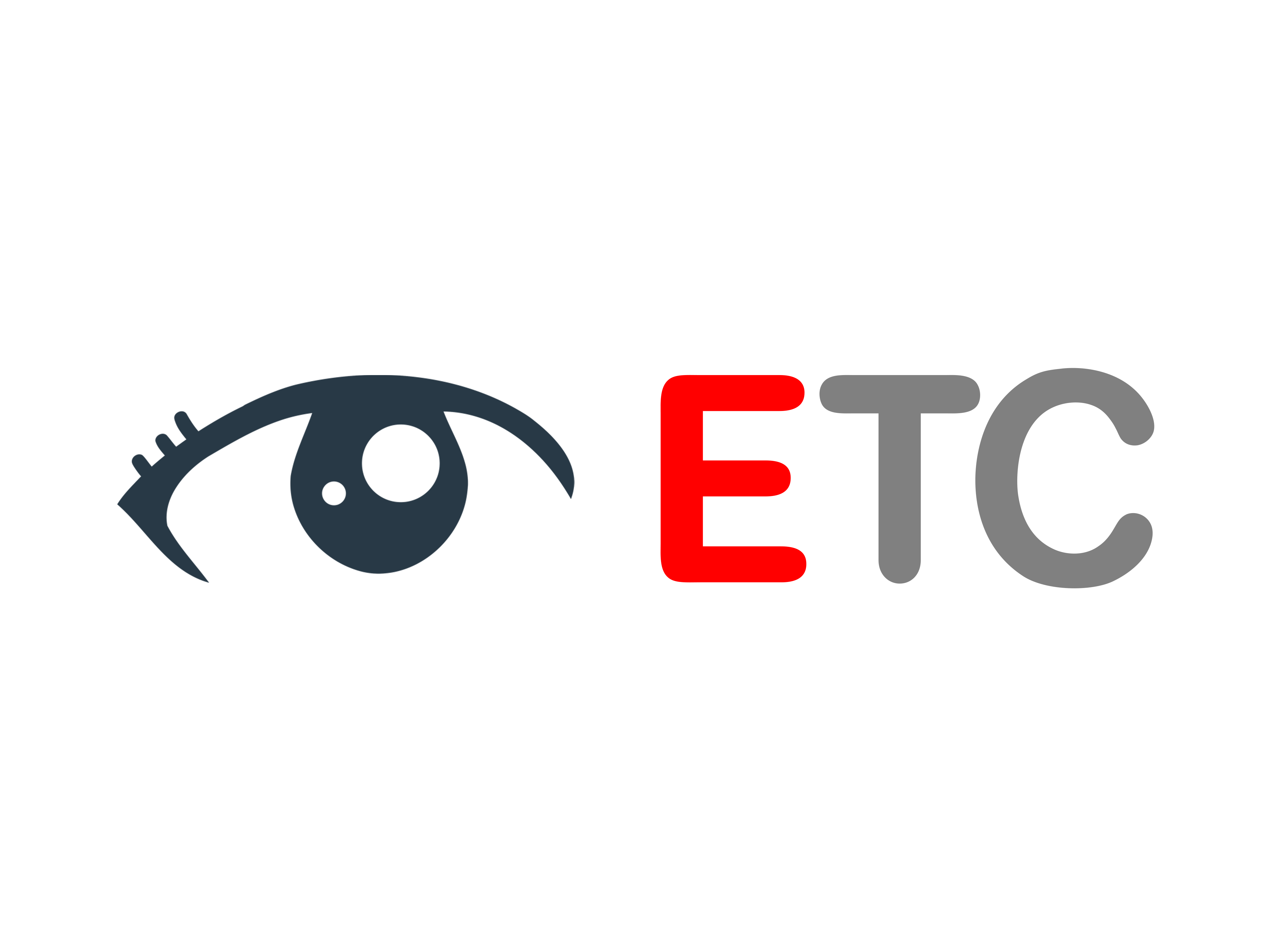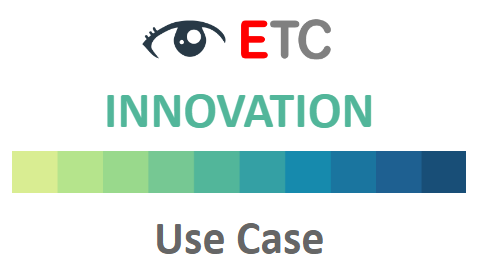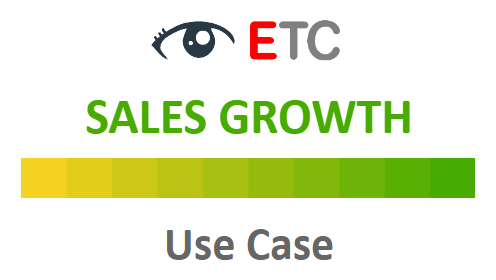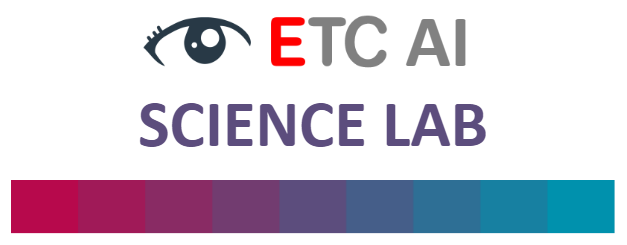The alternative is to CHANGE or to be CHANGED!
The best and most reliable source of information to diagnose a critical issue is the EMOTIONS of your employee volunteers when answering relevant questions.
The key question is how organizations measure the critical issues that affect their performance and productivity. Do you consider the surveys and complaints revealing and reliable enough about the current situation?
ETC Performance consulting is a practice that evolved from the application of ETC Solution Interviews. It is performed by ETC Partners, who use an Emotionally data driven-thinking approach (EMOTIONAL Fingerprint™) to resolve workplace critical problems to increase profitability.
Performance consulting acknowledges that there are Critical Issues that affect employee performance. The Predictive Models plus Cultural Risk help to build knowledge and best practices by correlating metrics and other environmental factors that may degrade one’s performance.
Human Resources
Security & Compliance
-
Sales Growth
-
Customer Satisfaction & Retention
-
Market Trends (Products/Services)
-
Training & Development
-
Technical Support
-
High-Value Customers (Guarantees)
-
Salesforce Underperformance & Engagement
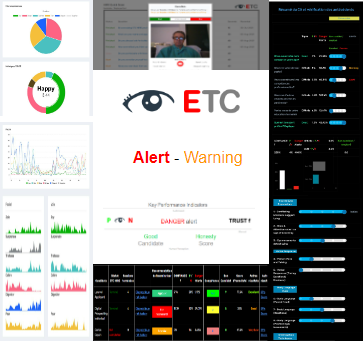
Performance Consulting – Method:
The best way to solve a problem is to create awareness and diagnose the severity!
a. Define Critical Issues to Observe, Diagnose, and improve (Scope & Approach).
b. Conceptualize Questions to track critical issues over time.
c. Execute ETC Solutions Interviews to segmented samples.
d. Define Goals & Objectives per issue.
e. Obtain the first measurements of critical issues.
f. Perform Predictive Modeling.
g. Integrate Strategies and work Plans to Improve.
h. Adjust Questions to fine-tune and confirm trends & patterns.
i. Evaluate and Present to the client the initial Results.

ETC AI – Organization Volunteers‘ and Corp Scan – Use Case
Programs Goal:
– Improve the performance and motivation of Employees by understanding their EMOTIONAL Fingerprint™.
– Corporations will scientifically diagnose critical problems to improve results.
Generating a program of volunteer employees interviews within the organization is the best alternative
to achieve, on the one hand, the improvement of volunteers through a deep knowledge of their
emotional states and the answer to critical questions so that the organization can diagnose vital issues.
:
The company’s alternative is to use Surveys and Complaints.
Employees’ interviews EMOTIONAL Fingerprint™ are a source of Self Improvement, deep Personal Understanding and Happiness.
It is a friendly and excellent way to introduce ETC into an organization!
Sample KPI = Volunteers onboard / Invited Employees equal
% Engagement by Project
ETC predictive modeling consulting is a statistical technique using machine learning and data mining to predict and forecast likely future outcomes with the aid of historical and existing data.
It works by analyzing current and historical data from ETC solutions plus clients performance data, and projecting what it learns on a model generated to forecast likely outcomes.
On many occasions, people tell us one thing and their emotions others.
ETC Solutions & Predictive Models help you diagnose Critical Issues.
Sample “Critical Issue” Use Case:
Purpose: Diagnose the gravity and differenciate between Bullying & Harassment in a company.
Workers often describe bullying as when “someone makes you feel less about who you are as a person.”
What is the difference between bullying and harassment? – Bullying and harassment are often used interchangeably when discussing hurtful or harmful behavior. They are very similar, but there is an important difference in terms of definition.
Bullying and harassment are similar as they are both about:
-
Power and control
-
Actions that hurt or harm another person physically or emotionally
-
Imbalance of power between the target and the individual demonstrating the negative behavior
-
The target having difficulty stopping the action directed at them
The distinction between bullying and harassment is that when the bullying behavior directed at the target is also based on a protected class, that behavior is then defined as harassment. Protected classes include race, color, religion, sex, age, disability and national origin.
Questions Focus to fine-tune diagnose over time:
Knowledge & Awareness – Can you differentiate between Bullying and harassment? Describe
as Witness – Have you witnessed Bullying in the company in the last year? Explain
as Victims (target) – Have you been a victim of Bullying by peers? Why
as Perpetrators – Think if you can be a bully? Describe
DIMENSIONS OF NATIONAL CULTURE:
The Hofstede model of national culture consists of six dimensions. The cultural dimensions represent independent preferences for one state of affairs over another that distinguish countries (rather than individuals) from each other.
The country scores on the dimensions are relative, in that we are all human and simultaneously we are all unique. In other words, culture can only be used meaningfully by comparison. The model consists of the following dimensions:
POWER DISTANCE INDEX (PDI)
This dimension expresses the degree to which the less powerful members of a society accept and expect that power is distributed unequally. The fundamental issue here is how a society handles inequalities among people.
People in societies exhibiting a large degree of Power Distance accept a hierarchical order in which everybody has a place and which needs no further justification. In societies with low Power Distance, people strive to equalise the distribution of power and demand justification for inequalities of power.
INDIVIDUALISM VERSUS COLLECTIVISM (IDV)
The high side of this dimension, called Individualism, can be defined as a preference for a loosely-knit social framework in which individuals are expected to take care of only themselves and their immediate families.
Its opposite, Collectivism, represents a preference for a tightly-knit framework in society in which individuals can expect their relatives or members of a particular ingroup to look after them in exchange for unquestioning loyalty. A society’s position on this dimension is reflected in whether people’s self-image is defined in terms of “I” or “we.”
MASCULINITY VERSUS FEMININITY (MAS)
The Masculinity side of this dimension represents a preference in society for achievement, heroism, assertiveness, and material rewards for success. Society at large is more competitive. Its opposite, Femininity, stands for a preference for cooperation, modesty, caring for the weak and quality of life. Society at large is more consensus-oriented.
In the business context Masculinity versus Femininity is sometimes also related to as “tough versus tender” cultures.
UNCERTAINTY AVOIDANCE INDEX (UAI)
The Uncertainty Avoidance dimension expresses the degree to which the members of a society feel uncomfortable with uncertainty and ambiguity. The fundamental issue here is how a society deals with the fact that the future can never be known: should we try to control the future or just let it happen?
Countries exhibiting strong UAI maintain rigid codes of belief and behaviour, and are intolerant of unorthodox behaviour and ideas. Weak UAI societies maintain a more relaxed attitude in which practice counts more than principles.
LONG-TERM ORIENTATION VERSUS SHORT-TERM NORMATIVE ORIENTATION (LTO)
Every society has to maintain some links with its own past while dealing with the challenges of the present and the future. Societies prioritize these two existential goals differently.
Societies who score low on this dimension, for example, prefer to maintain time-honoured traditions and norms while viewing societal change with suspicion.
In the business context, this dimension is referred to as “(short-term) normative versus (long-term) pragmatic” (PRA). In the academic environment, the terminology Monumentalism versus Flexhumility is sometimes also used.
INDULGENCE VERSUS RESTRAINT (IVR)
Indulgence stands for a society that allows relatively free gratification of basic and natural human drives related to enjoying life and having fun. Restraint stands for a society that suppresses gratification of needs and regulates it by means of strict social norms.
Sample Reports
